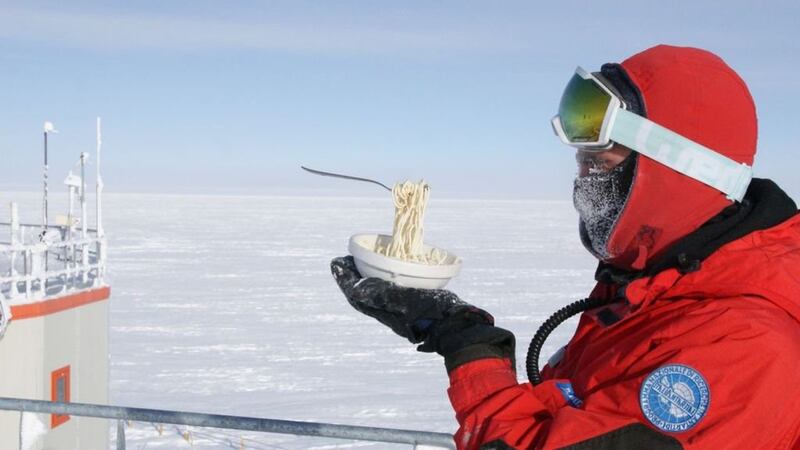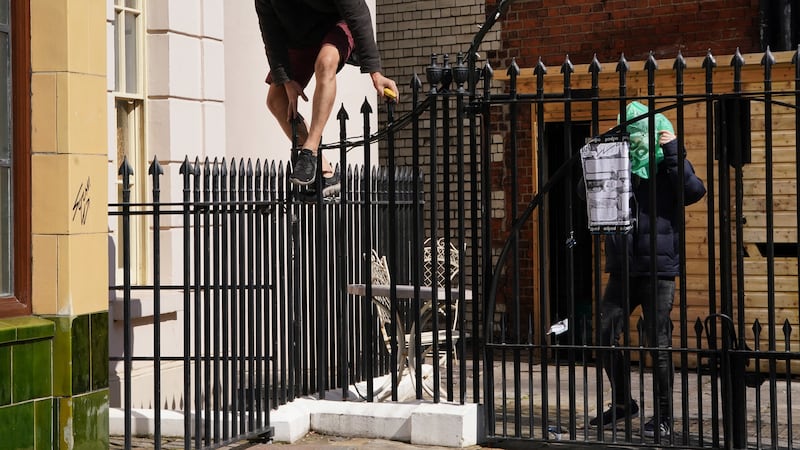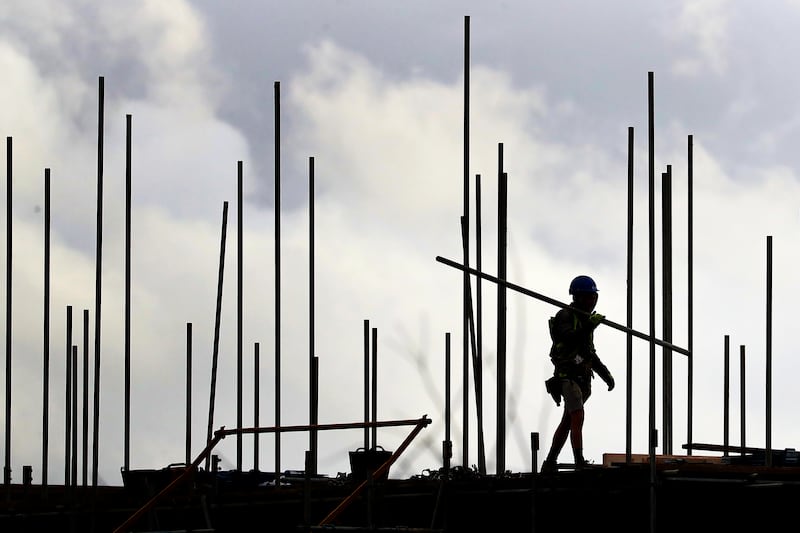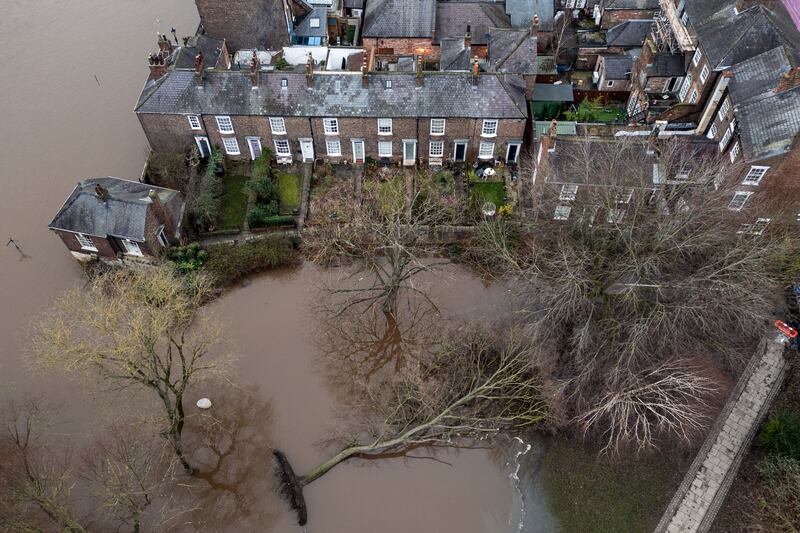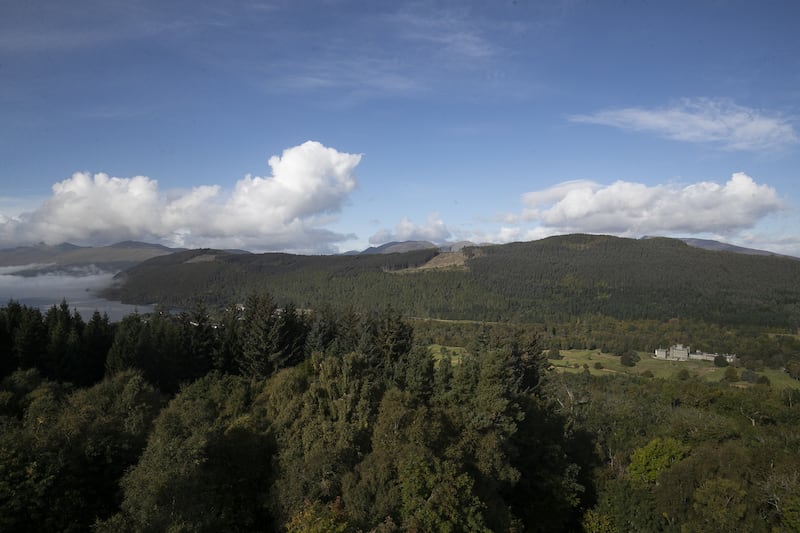Eating outside can be one of life’s great joys – but it’s a whole different story when you live in Antarctica.
The scientists working at Concordia Station, one of the most remote places on Earth at around 1,000 miles from the Geographical South Pole, rarely get that pleasure with temperatures dipping as low as -80C in winter.
But with spring coming on in the region and the temperature rising close to a positively balmy -60C, station leader Dr Cyprien Verseux and his colleagues decided a spot of al fresco dining was in order.
Je m'en doutais, que déjeuner sur le toit n'était pas une bonne idée.
Photo par Carmen Possnig, © @ESA / #PNRA / #IPEV#ConcordiaStation #Antarctique #DC14 @ItaliAntartide pic.twitter.com/67Y0aWEDSI
— Cyprien Verseux (@CyprienVerseux) October 1, 2018
He explained that he and his colleague Carmen Possnig decided to take pictures of frozen food as a way to explain the sheer scale of the cold at the station.
Dr Verseux told the Press Association: “Temperatures are rising, -60C already feels warmish after the winter months, and we decided to take photos showing the cold in a fun way before we get summer temperatures.
“The temperatures are so low here that just giving numbers is not very evocative.”
Spiegeleier nach Art des Hauses in #ConcordiaStation.
Foto von @CyprienVerseux und Carmen Possnig, © @ESA / #PNRA / #IPEV #Antarktis #DC14 @ItaliAntartide pic.twitter.com/WxkuzHZxMD
— Carmen Possnig (@CPossnig) October 3, 2018
Concordia, which is currently home to 13 people, is extremely isolated with no other human beings within around 370 miles.
It is an inhospitable place beyond even the cold temperatures – it is an incredibly dry area and the sun did not peak over the horizon for three months over the winter until it made a reappearance in August.
Dr Verseux explained: “Concordia is highly attractive to researchers from different fields such as astronomy, human physiology, glaciology, atmospheric sciences, and geophysics.”
It is used by the European Space Agency to study how humans adapt to what are likely very similar conditions to a future moon or Mars base.
Un petit déjeuner équilibré, sur le toit de #ConcordiaStation
Crédits : Cyprien Verseux et Carmen Possnig, © @ESA / #PNRA / #IPEV #ConcordiaStation #Antarctique #DC14 @ItaliAntartide pic.twitter.com/AvWiUBtGo4
— Cyprien Verseux (@CyprienVerseux) October 2, 2018
Given all this, food is an important part of life at the station, and there is a full-time cook among the crew.
And while fresh food may be in short supply, with nobody and no supplies able to reach the station for nine months of the year, storage of other forms of nourishment isn’t an issue.
“We eat mostly frozen food,” said Dr Verseux. “Given that the temperatures never are in the positive, we just store it in containers outside.”
